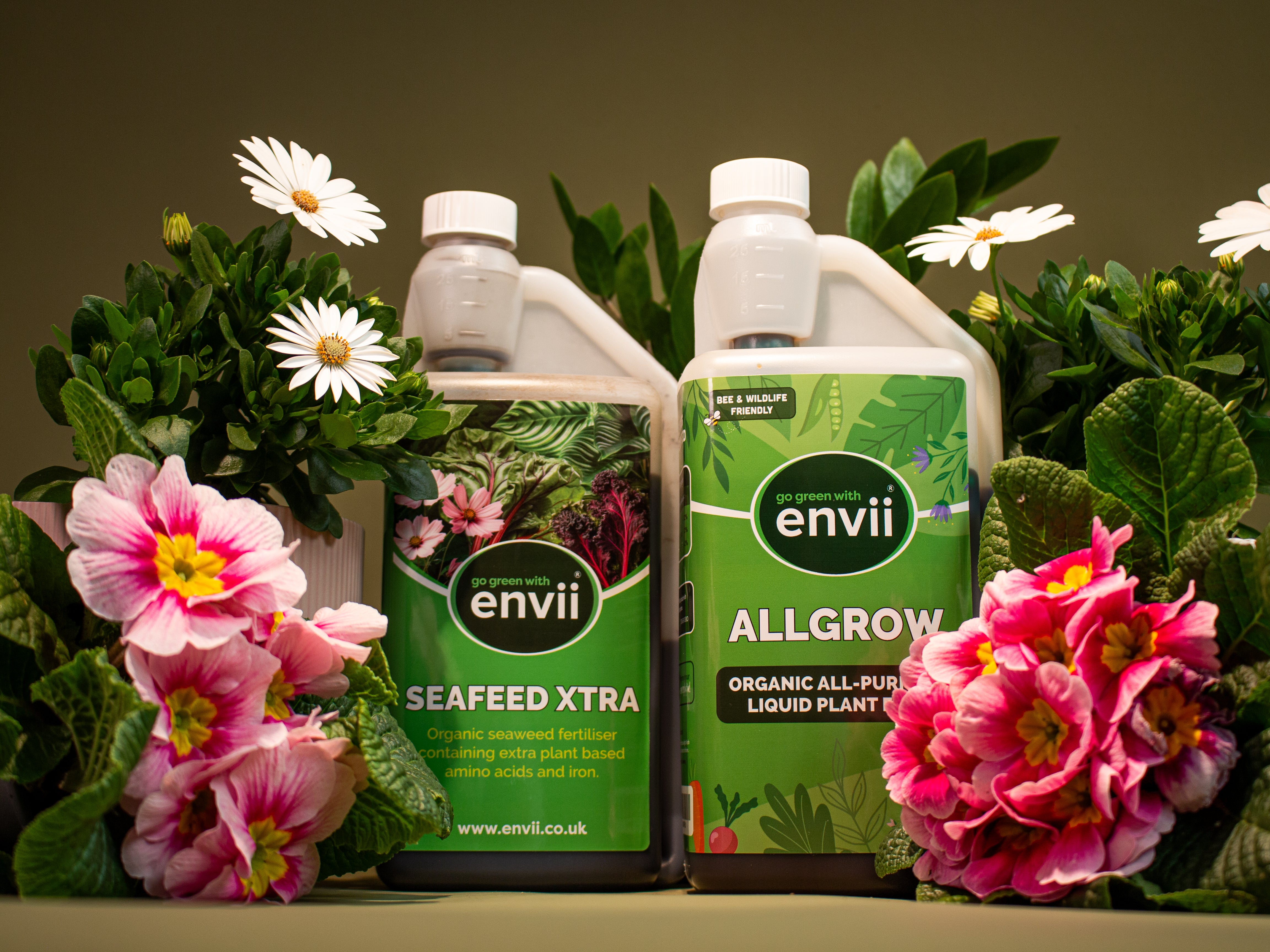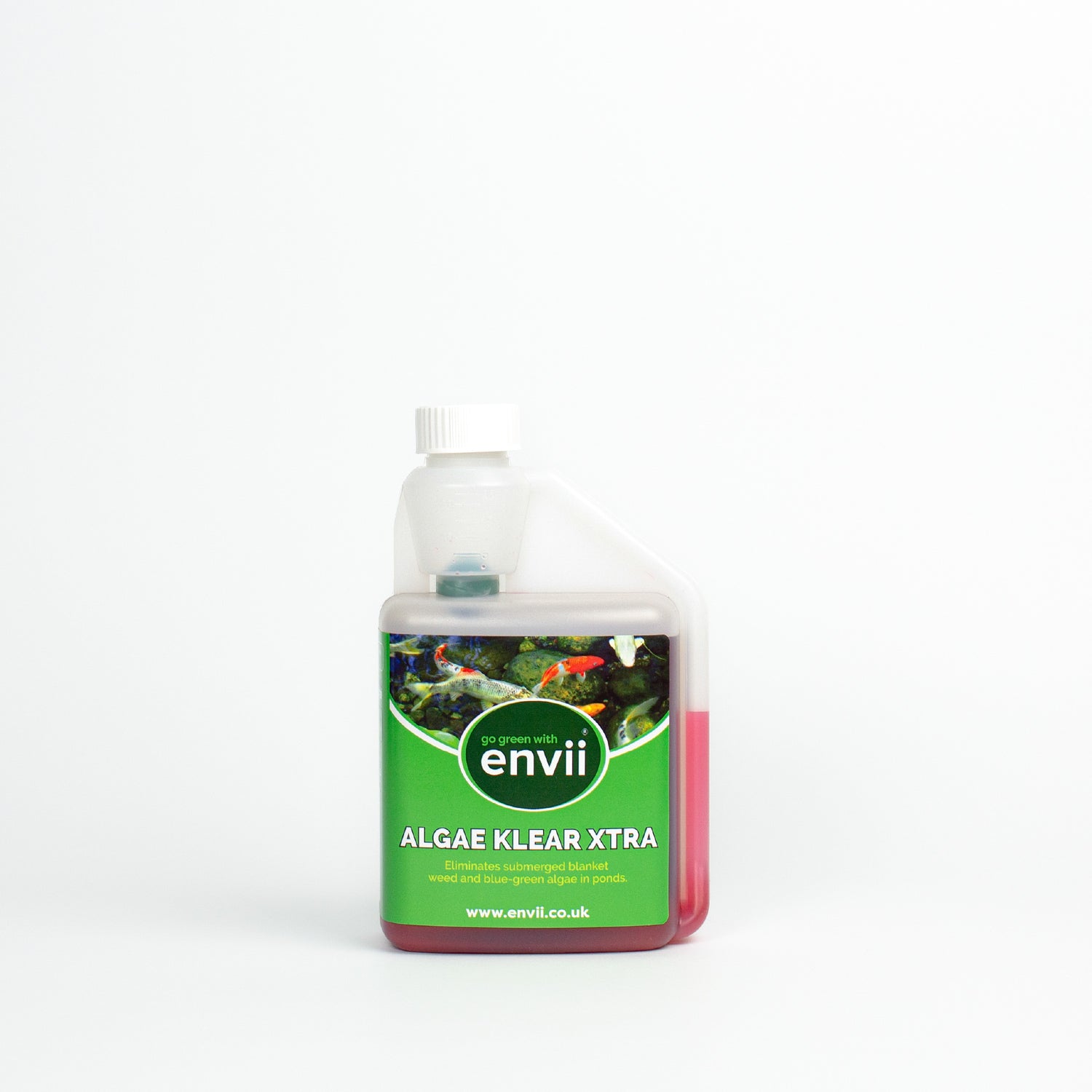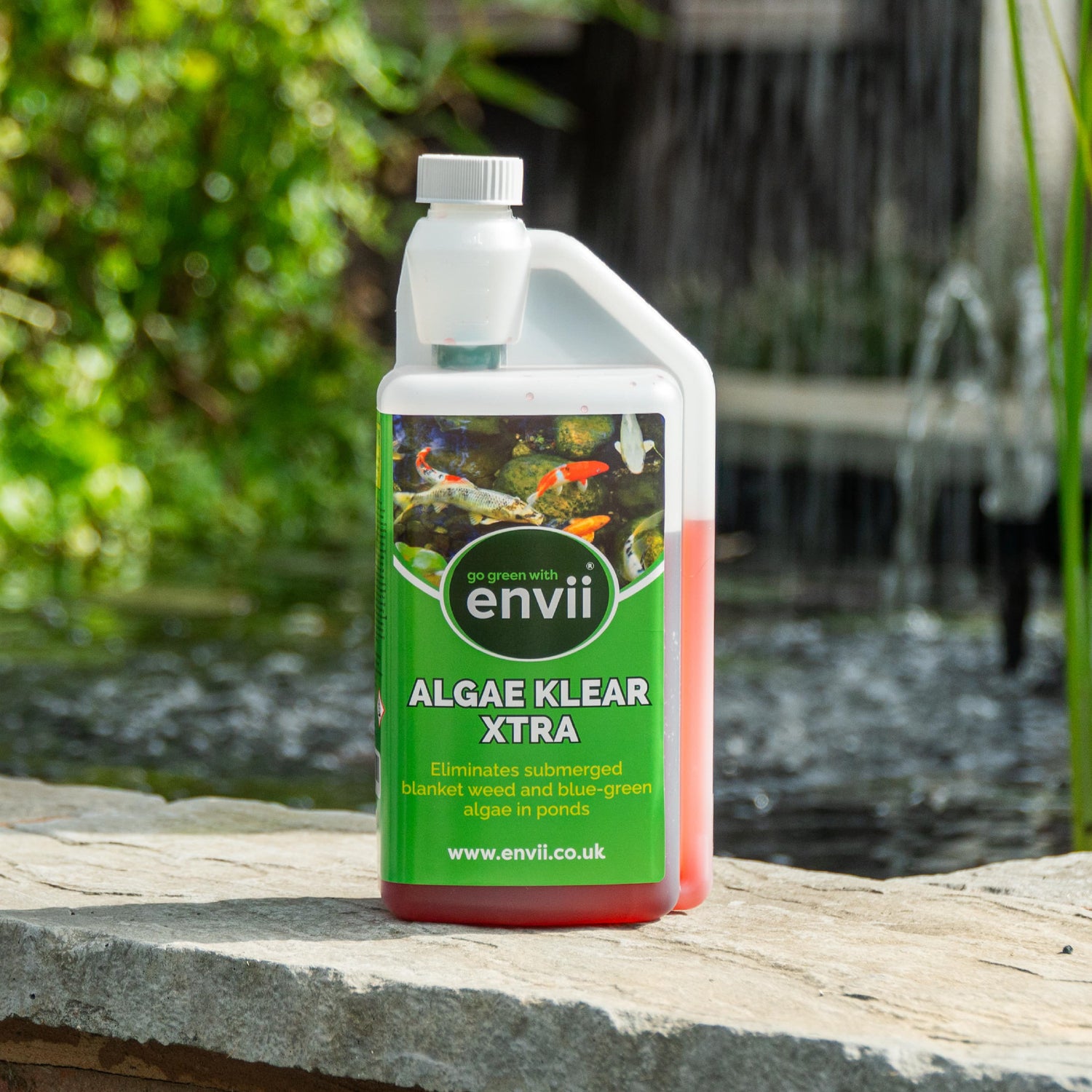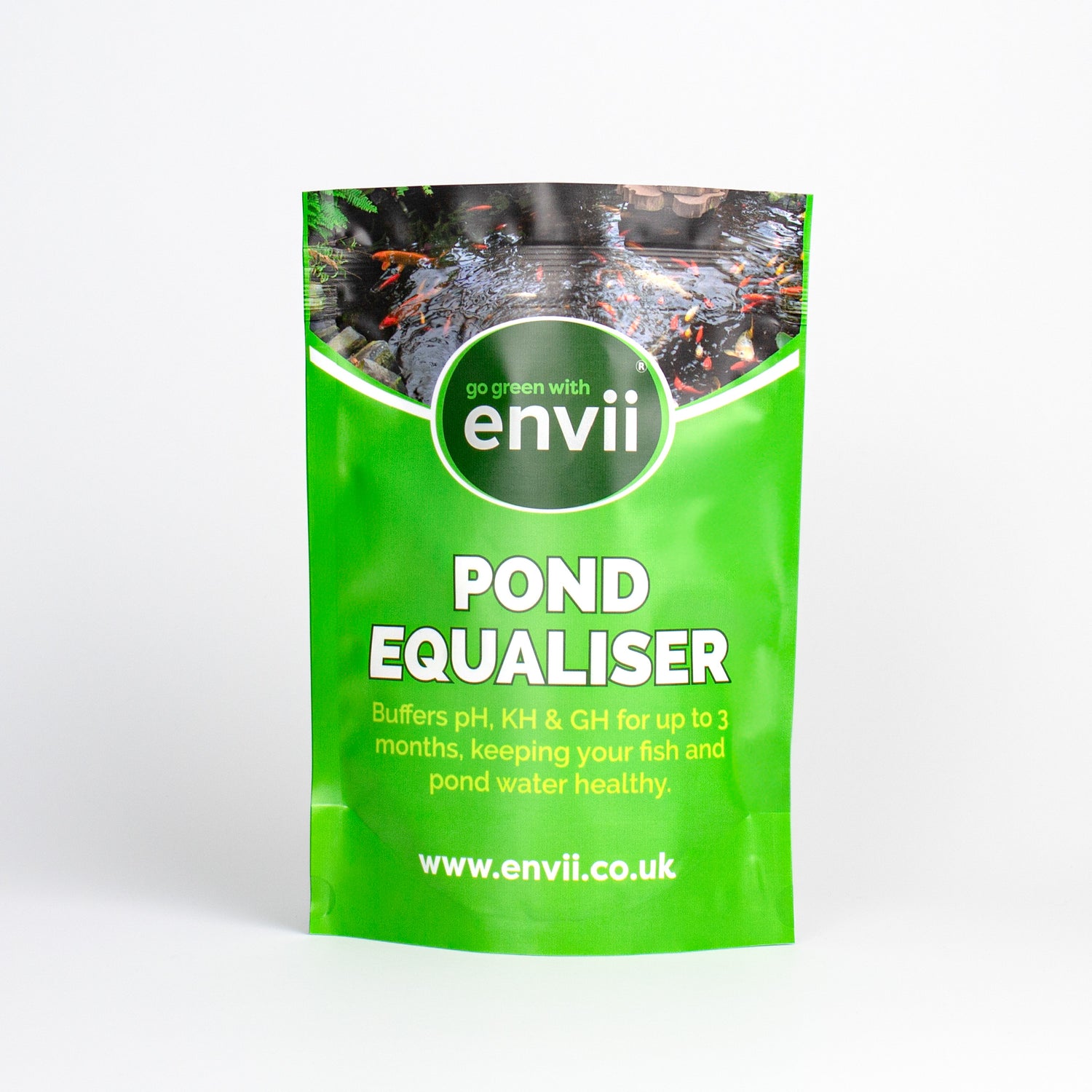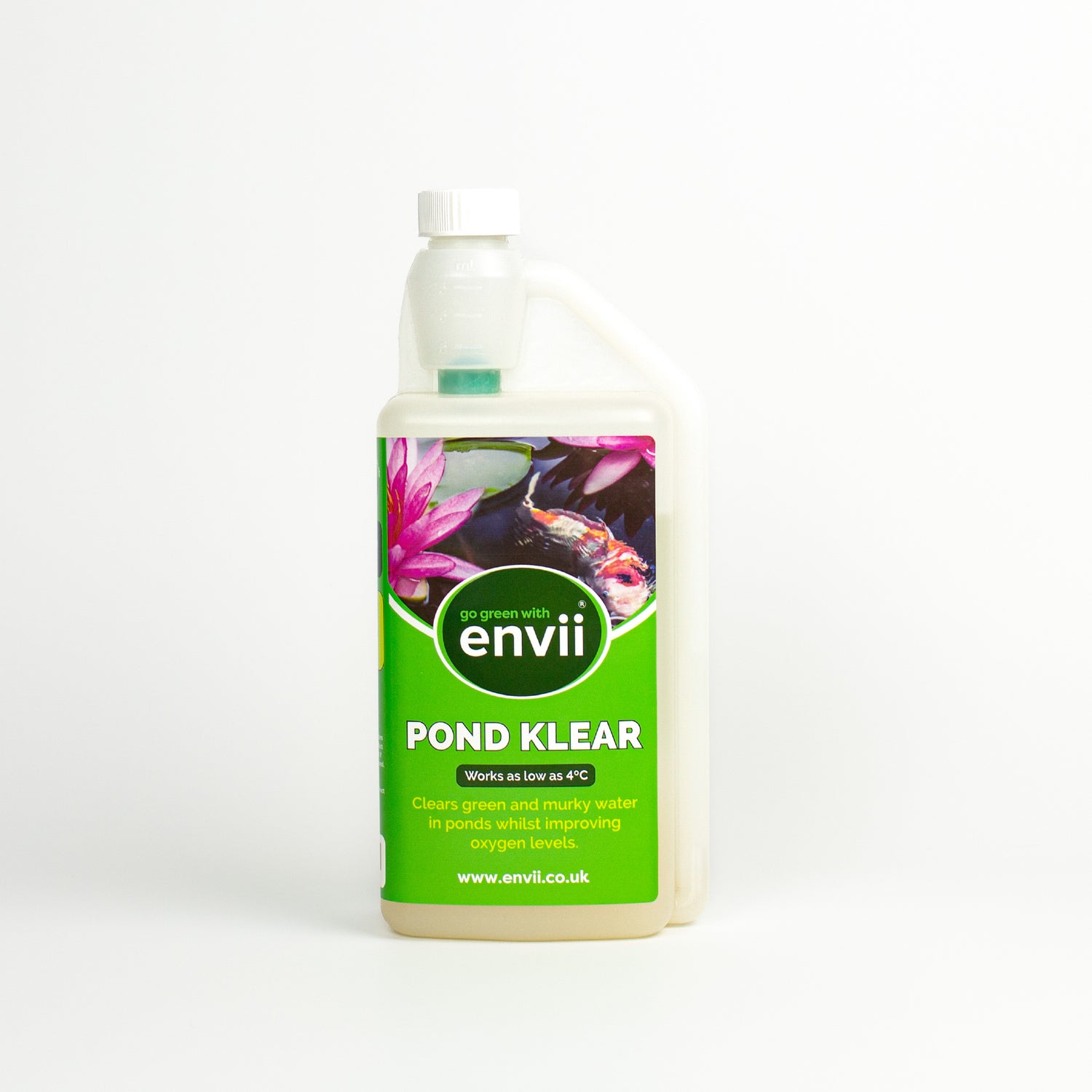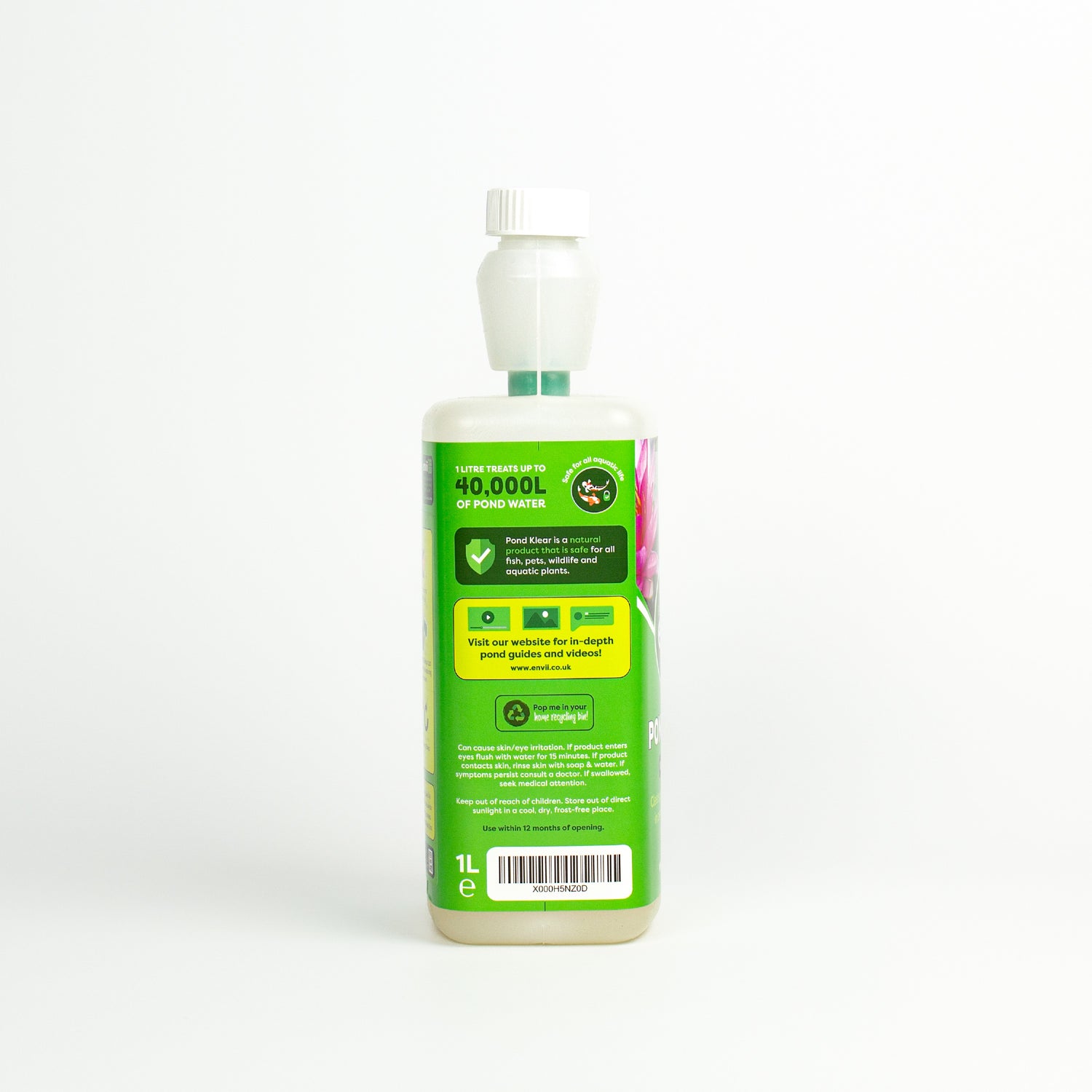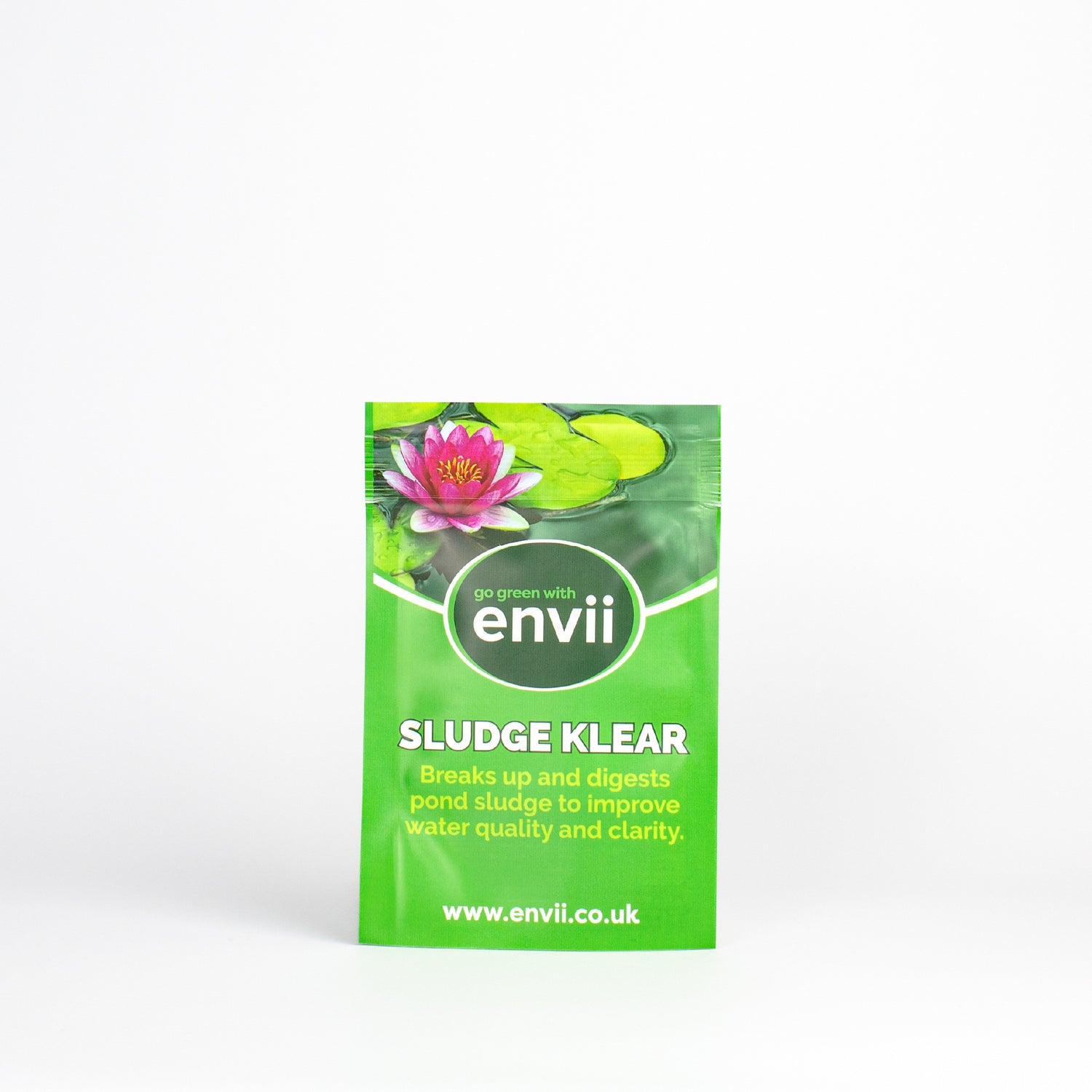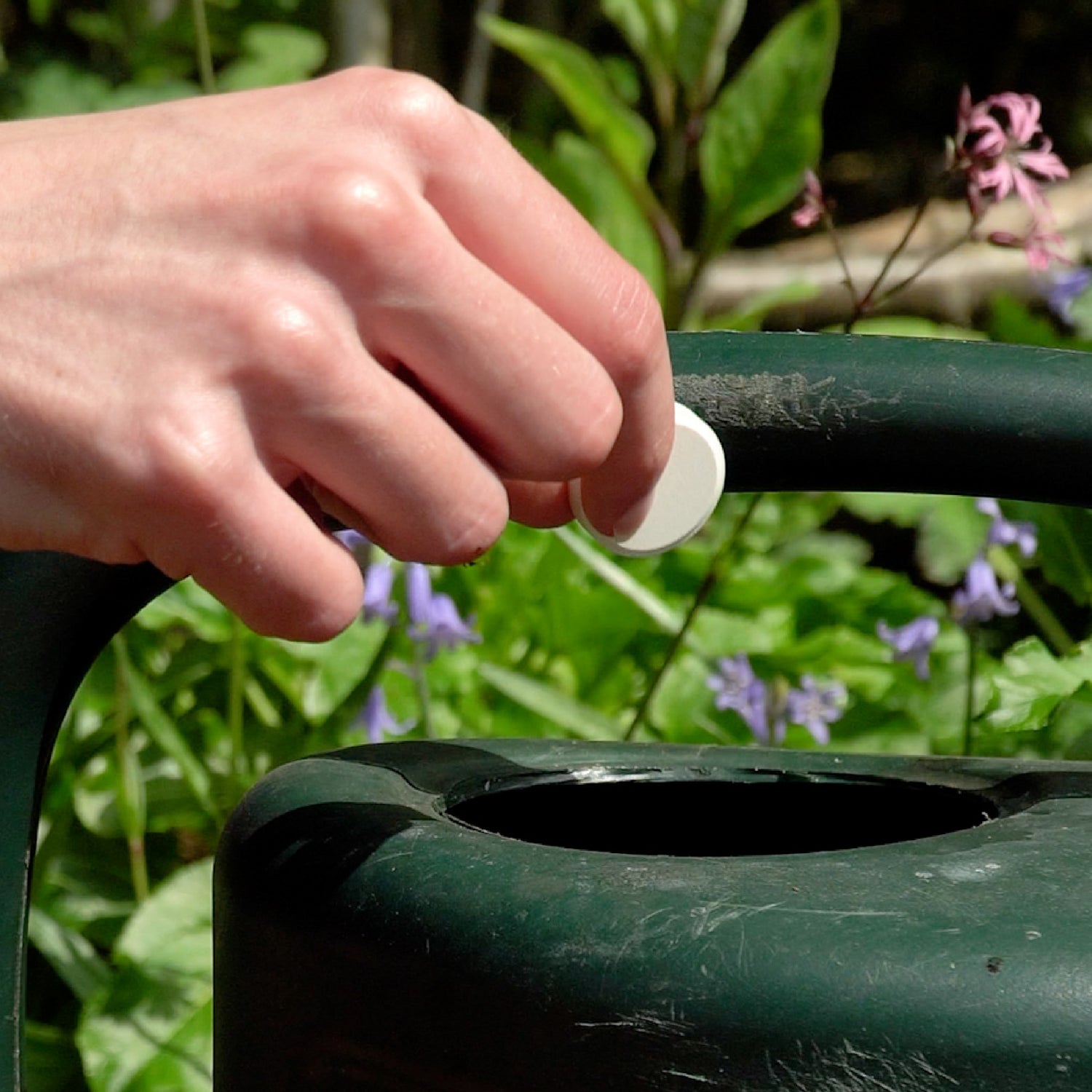What is Duckweed?
Duckweed unlike most pond hindrances is a weed rather than algae. This aquatic perennial is small and free-floating, which, when left unattended, can cover the surface of water in a matter of days under the right conditions.
There is some debate on whether it is attractive or a nuisance. For some, duckweed is an aesthetic addition to their pond. Furthermore, it also stops the growth of blanketweed as it utilises the same nutrients that blanketweed does. However, for most, duckweed is an annoyance that is extremely difficult to control and can also be a sign of an unhealthy pond.
What does duckweed do?
Duckweed can cause significant problems in your pond; however, it can also indicate that there are other, underlying problems in your pond. When this aquatic perennial covers the surface of the pond, it blocks out sunlight. It can also consume a large amount of the nutrients available in your pond water. A lack of sunlight and nutrients in your pond can deter the growth of beneficial pond plants that provide essential oxygen into your ponds ecosystem. By adding more plants and encouraging their growth, you increase their absorption of nutrients and help to prevent the growth of duckweed. As well as encouraging the growth of duckweed, high nutrient levels can indicate a build-up of sludge in the bottom of your pond. This sludge can become anaerobic and release toxic gases into your pond that can be extremely harmful to fish and other wildlife.
Characteristics of Duckweed
- Commonly found in still, undisturbed water including ponds, water butts and some slow-moving rivers or canals.
- Tiny, rounded leaves that can sometimes resemble cress.
- Always vivid green in colour.
- Floats on top of the surface of the water.
- A small amount can be attractive, but it grows at a rapid rate.
- It can double in size at least once a day in the right conditions.
- It can be accompanied by a smaller similar plant called watermeal.
- Some species hibernate in winter by sinking to the bottom of the pond, before reappearing in spring.
What causes Duckweed?
Duckweed, including spores, can enter the pond unknowingly in numerous ways. This can include being brought in on the bottom of water birds' feet or on newly acquired water plants. It is therefore very difficult to prevent duckweed from entering your pond. The focus should be placed on preventing it from growing. It is most often found in nutrient-rich ponds as these nutrients are its food source. Therefore, a build-up of leaves, fish waste and fish food at the bottom of your pond will contribute to a high level of readily available nutrients in your pond for duckweed to thrive on.
As some people find small quantities of duckweed attractive, and in some cases beneficial, it was a one-time sold in garden centres across the UK. However, this is no longer the case due to its invasive nature. It can still be purchased online and is regularly used in indoor ponds and water gardens by botanists such as James Wong.
Cure and Control
Duckweed is extremely difficult to remove once it has entered a pond and can take several years to treat.
Whilst there are several solutions on the market that claim to reduce, prevent, or kill duckweed, they are unreliable and have received bad reviews. Unfortunately, the only option available that can truly eliminate duckweed from your pond is a chemical herbicide or weed killer. An aquatic weed killer would not only kill the weed but potentially the inhabitants within your pond. For this reason, a strategic approach to control and even prevent duckweed must take place:
The first step is to regularly remove the duckweed that is already in your pond, using a pond net. Unlike algae, removing duckweed, while it is still alive, does not cause more spores to be released into the pond. It is best to take on this task on a windy day as the duckweed should move towards the edges of the pond, making it much easier to reach. For larger ponds, use a floating boom to sweep from end to end. Once removed, add the leaves to your compost as they are high in nitrogen. This compost must not be used in or around the pond as it may still contain duckweed spores.
This, of course, is not a permanent solution. Step 2 is to agitate and aerate the pond because, as mentioned above, duckweed prefers still, stagnant water. This can be done using a water fountain or a solar aerator.
The final and most important step is to reduce the nutrients in the pond that duckweed uses to feed on. Without following this step, it will continue to thrive in your pond despite regularly netting it out and adding aeration to the pond. We recommend using a bacterial product such as Pond Klear or Sludge Klear to remove the nutrients naturally and reduce the growth of duckweed. As this is a natural process, it can take time as it is gradually starving the duckweed of its food source. Remain persistent, keep treating and keep netting the duckweed off regularly.
How to Prevent Duckweed
Duckweed may not be a problem in your pond at present, but it is important to know how to prevent it. Only a small amount needs to penetrate your pond before it becomes a nuisance. Here is how to prevent it from entering your pond:
•Fit stop-boards at any upstream inept.
•Introduce weed-eating water birds, grass carp, goldfish and/ or koi into your pond as they are all-natural predators of duckweed.
•Eliminate the nutrients in your pond to remove the duckweeds food source. This can be done using a product such as sludge klear on an ongoing basis to maintain a healthy pond. It is also important to ensure your pond has healthy pond parameters to discourage the growth of duckweed. Use pond equaliser to balance the pH of your pond and remove toxic heavy metals.
Discover more of what you should and shouldn’t do to ensure your pond ecosystem is thriving with this Ultimate Do’s and Don’t Guide for Ponds.
Share
